Games are getting more and more expensive. News about rising game prices is becoming more common, and prices are reaching unrealistic levels for most gamers. But have you ever wondered how much these games cost to make?
Of course, having a huge budget isn't an excuse for such a high price, and a high budget doesn't mean a quality product, as there are many bombs that cost millions of dollars and excellent indies that cost very little.
In this list, we'll discuss some games with huge, even absurd, budgets for their time, and some even made it onto the best-selling list. We'll mention some older games with budgets that, nowadays, barely cover the dubbing team, but which are interesting to learn about. If you have any questions, leave a comment.
E.T. the Extra-Terrestrial – Atari 2600, 1982
The game E.T. the Extra-Terrestrial, released in 1982 for the Atari 2600, is remembered as one of the biggest failures in video game history and also as one of the most expensive of its time. For starters, rumors say Atari paid somewhere between $20 and $25 million just to obtain the film license, a sum completely out of the ordinary for the early 1980s and now seen as one of the company's biggest mistakes. There's even an episode of Angry Videogame Nerd about it.
Furthermore, the development itself cost around $200,000, a significant expense for a single programmer, as Howard Scott Warshaw was given just over a month to create the entire game from scratch. The time pressure (it had to be released by Christmas, a time when sales typically peak), combined with a lack of adequate testing, resulted in a game riddled with bugs, confusing mechanics, and nothing fun. The player controlled the alien E.T. trying to collect parts for an interplanetary telephone, constantly falling into poorly designed holes and trying to climb back up, making the experience frustrating.
Even so, Atari invested even more in marketing, spending around $5 million on advertising, believing that the film's strong name would be enough to guarantee sales. The result was disastrous: millions of unsold cartridges, mass returns, and even the infamous rumor—later confirmed—that thousands of copies were buried in a landfill in the New Mexico desert. The E.T. case shows how, even in an era of simple and limited games, there were already very high financial stakes, capable of sinking an entire company.
Super Mario Bros. 3 – NES, 1988
Super Mario Bros. 3, released in 1988 for the NES, is one of the most important games of the 8-bit era and also one of the most expensive of its time. Development took over two years, with an estimated budget of around $800,000, a huge sum for the standards of the late 1980s. The game introduced technical and design innovations, such as interactive world maps, new powers for Mario and Luigi, and complex levels that encouraged exploration.
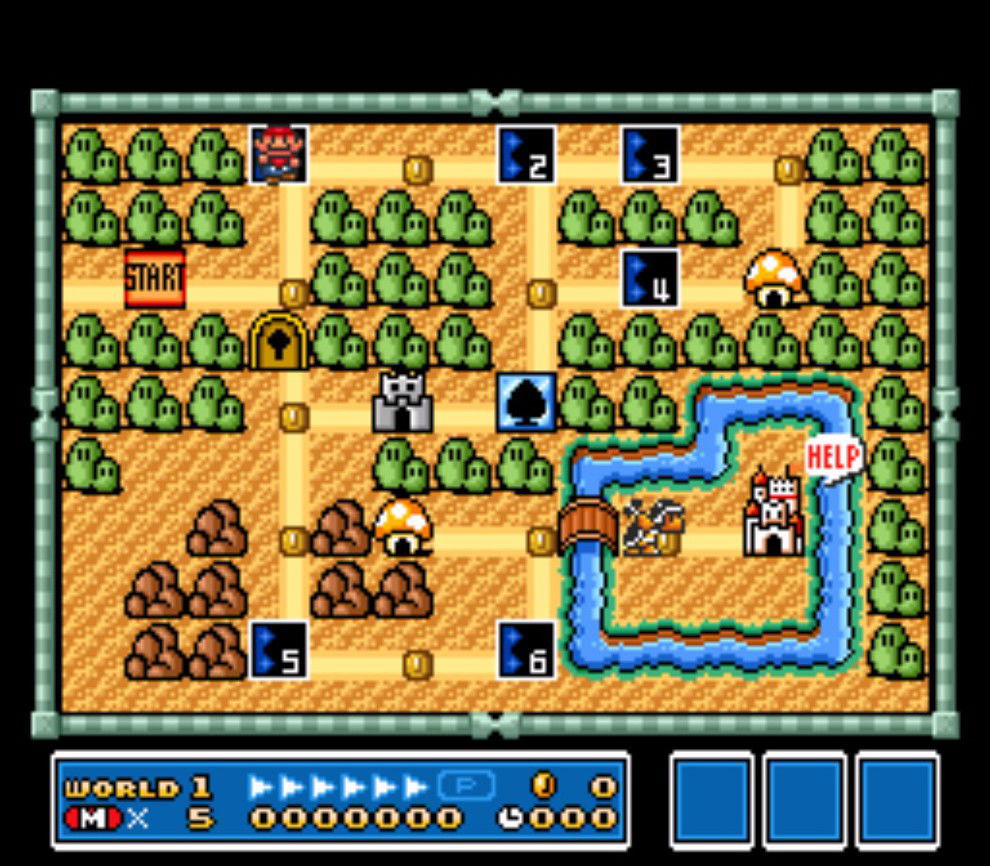
Every detail, from enemy animations to character movements, required meticulous planning and constant testing. Nintendo also invested heavily in marketing, ensuring high visibility for the launch and boosting sales. The precise gameplay, combined with colorful, well-crafted graphics, made Super Mario Bros. 3 a milestone that cemented Mario as a global icon. Furthermore, the game set standards for level design and mechanics throughout the gaming industry.
Mortal Kombat – Arcade, 1992
Mortal Kombat, released in 1992 for arcades, stood out for its high financial investment for the time and intense gameplay. Development cost around $1 million, considered a high sum for a fighting game in the 1990s. Midway created digitized characters from real actors, using expensive technology and taking extra time to capture images and movements.
The game became famous for its violent animations and fatalities, which generated controversy and helped with marketing. Detailed scenarios, blood effects, and a powerful soundtrack also reflected the significant investment. The strategy paid off: Mortal Kombat became an immediate success and created a lasting franchise.
Marketing capitalized on the controversy to attract attention and increase sales. Even though the game's budget and technical ambition placed it among the most influential and expensive games of the period, it's interesting to note that the budget remained after the game's completion, allowing them time to add another fighter: Sonya Blade.
Shenmue – Dreamcast, 1999
Shenmue, released in 1999 for the Dreamcast, was one of the most ambitious and expensive games of its time. Created by Yu Suzuki and his team at Sega-AM2, development began as an RPG based on the Virtua Fighter series for the Sega Saturn but was ported to the Dreamcast, where it became the first title to utilize the concept of "Full Reactive Eyes Entertainment" (FREE), a new genre that combined elements of adventure, life simulation, and combat.
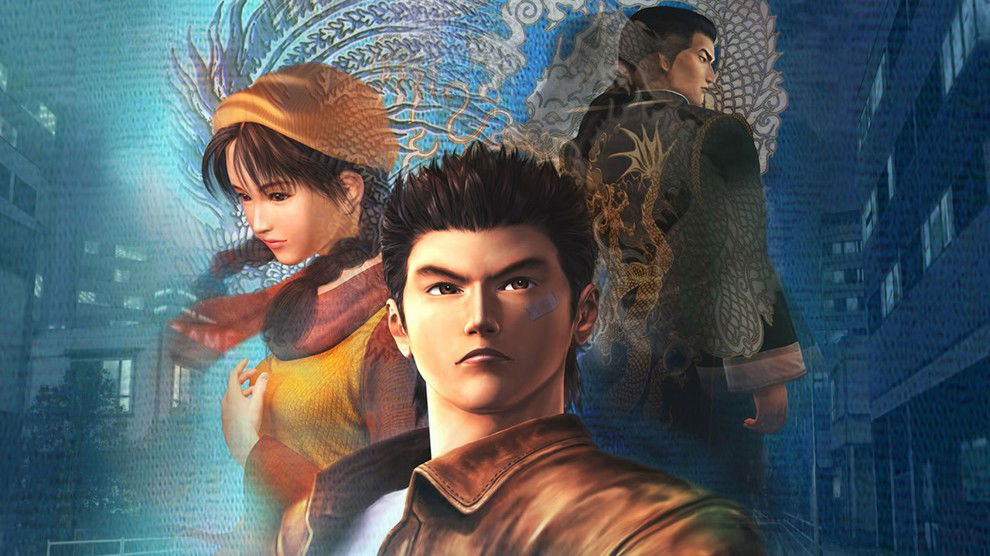
The game's budget was estimated at US$47 million, including marketing, although some sources indicate the total cost reached US$70 million, especially when considering the development of Shenmue II, released in 2001. This amount was a record at the time and reflected the investment in technical innovations such as motion capture, detailed 3D environments, and a realistic day/night cycle.
Despite the high cost, Shenmue failed to recoup its investment due to low sales, with approximately 1.2 million copies sold, which was insufficient to cover development and marketing costs (each Dreamcast owner would have had to buy two copies of the game to cover development costs).
However, the game left a legacy, influencing later titles with its open-world approach and immersive narrative. Its cultural impact was recognized in 2025, when it was named the most influential game of all time in a BAFTA poll, surpassing classics such as Doom and Super Mario Bros.
Final Fantasy VII – PlayStation, 1997
Final Fantasy VII, released in 1997 for the PlayStation, is one of the most ambitious RPGs of all time, both in terms of story and technology. The game's development was estimated at US$40 million, a record for the time, considering that it included not only programming and design but also marketing and production of FMV (full-motion video) and cinematic cutscenes.
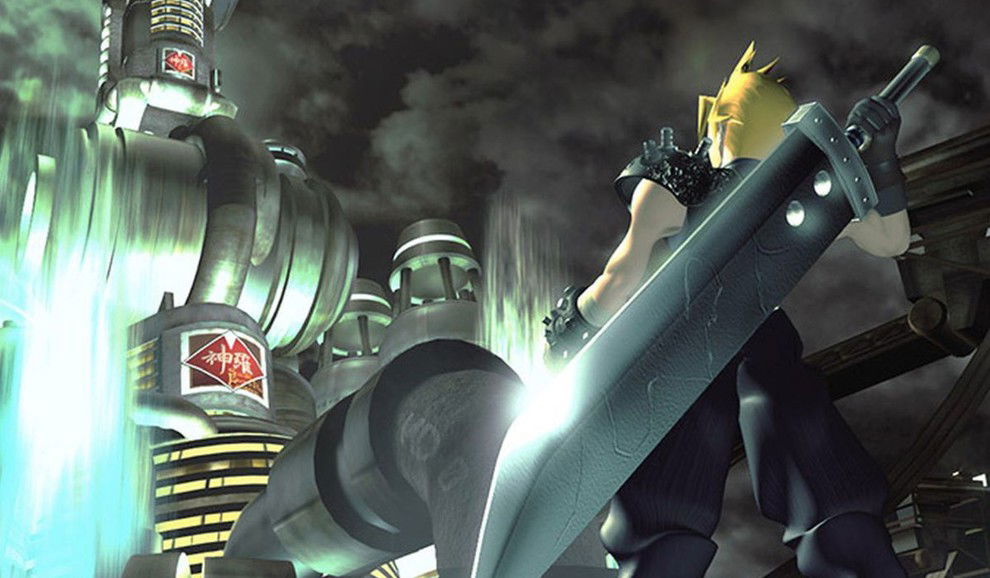
This investment allowed for the creation of detailed three-dimensional graphics, expansive worlds, and memorable characters that would become icons of the franchise. Square worked tirelessly to overcome the limitations of the PlayStation, developing proprietary tools for rendering cutscenes and implementing an orchestrated soundtrack, which helped cement the game's unique identity. The large budget reflected the ambition to create a complete cinematic RPG, capable of competing with film in terms of narrative and visual impact.
Despite the financial risks, the game was a huge success, selling millions of copies worldwide and raising the bar for future RPGs. Beyond its commercial impact, Final Fantasy VII influenced an entire generation of developers, setting new benchmarks for world design, storytelling, and the integration of advanced audiovisuals in video games.
Call of Duty: Modern Warfare 2 – PS3/Xbox 360, 2009
Call of Duty: Modern Warfare 2, released in 2009 for PlayStation 3 and Xbox 360, is one of the most expensive games of its generation, with an estimated total budget of around US$200 million, including development and marketing. Much of this budget went to aggressive advertising campaigns, cinematic trailers, and promotional events, demonstrating Activision's heavy investment in the title's commercial success.
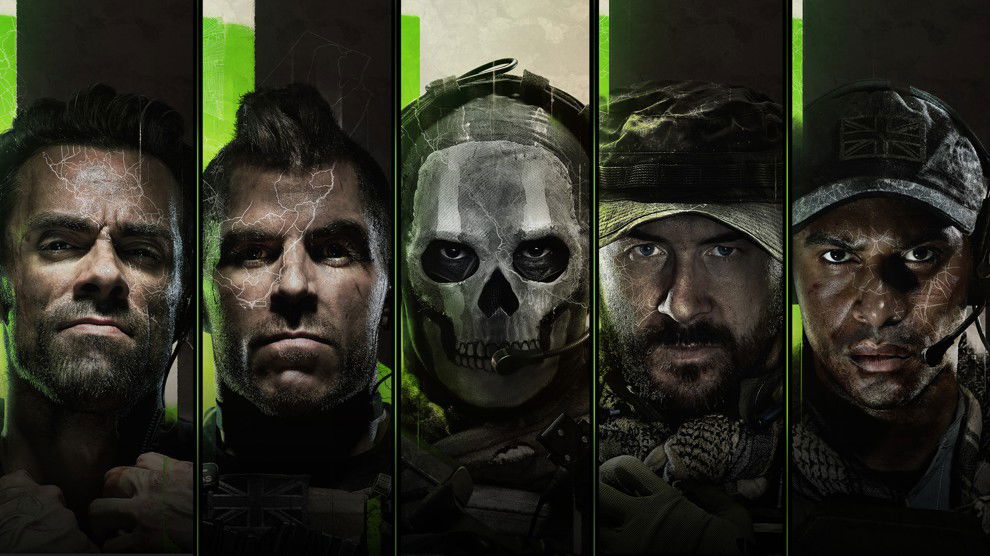
The game featured advanced graphics for its time, fast-paced gameplay, and competitive multiplayer modes that became industry standards. Furthermore, development involved several specialized teams, including level designers, programmers, and artists, working to create a cinematic and immersive experience. Modern Warfare 2 expanded the series' narrative with iconic missions, varied environments, and detailed visual effects, reinforcing the franchise's reputation as a leader in first-person shooters.
The substantial investment was reflected not only in the game's quality but also in its sales, which reached tens of millions of copies worldwide. With this budget, Modern Warfare 2 became a beacon of the PS3/Xbox 360 generation, setting production and marketing standards for future titles.
Destiny – PS4/PS3/Xbox One/Xbox 360, 2014
Destiny, released in 2014 for PlayStation 4, PlayStation 3, Xbox One, and Xbox 360, is one of the most expensive games of its time, with an estimated total budget of US$140 million, including development, online infrastructure, and heavy marketing. As a new IP from Bungie after the Halo series, the game saw significant investment in detailed world creation, mission design, online multiplayer mechanics, and robust servers to support millions of players.
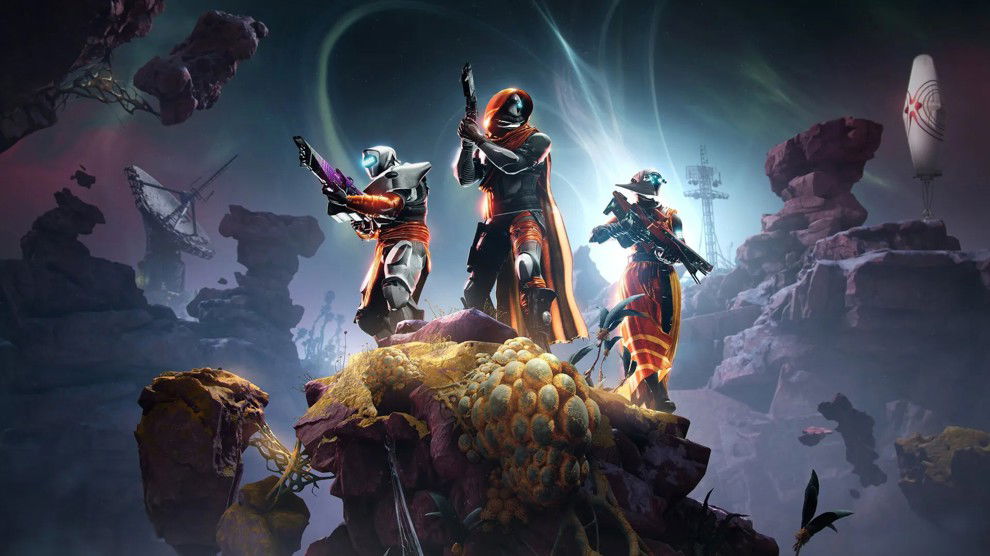
Marketing was also aggressive, with cinematic trailers, promotional events, and strategic partnerships, reinforcing the title's market presence before launch. Destiny combined RPG and first-person shooter elements, creating a unique experience of online cooperation and competition. The development team worked for years to balance gameplay, narrative, and graphics, ensuring a high-quality product.
Despite the enormous cost, the game achieved great commercial success, selling millions of copies and establishing a loyal player base that continues to thrive through subsequent expansions and sequels. The heavy investment translated into technical innovation, a persistent online world, and a unique social experience for its time.
Red Dead Redemption 2 – PS4/Xbox One/PC, 2018
Red Dead Redemption 2, released in 2018 for PlayStation 4, Xbox One, and later for PC, is considered one of the most expensive games ever produced, with total budget estimates reaching US$540 million, including development, marketing, and infrastructure. The investment was used to create a vast and detailed open world, with cities, farms, forests, and highly realistic wildlife.
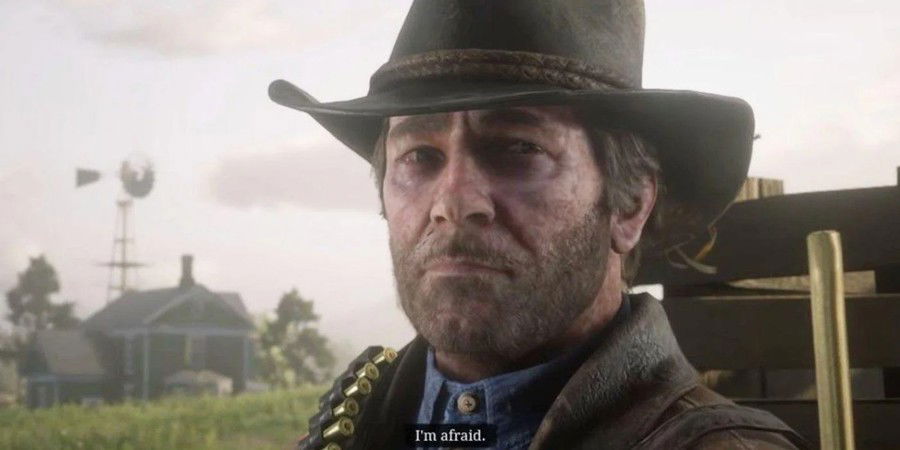
Every character, animal, and setting received meticulous attention, with complex animations, motion capture, and extensive dialogue. Rockstar Games also invested significantly in the soundtrack, sound effects, and cutting-edge graphics technology. Marketing was equally intense, with cinematic trailers and global campaigns that ensured widespread visibility.
The result was a game acclaimed by critics and audiences, selling millions of copies worldwide. Red Dead Redemption 2 set new standards for open-world storytelling, immersion, and detail, demonstrating how a large budget can translate into technical quality and a memorable gaming experience.
Cyberpunk 2077 – PS4/PS5/Xbox One/Xbox Series/PC, 2020
Cyberpunk 2077, released in 2020 for multiple platforms, had an estimated development cost of US$174 million, with additional marketing totaling between US$436 and US$441 million. The investment served to create a gigantic futuristic city with advanced graphics, detailed characters, complex animations, and an extensive narrative. CD Projekt Red also allocated significant resources to post-launch work, fixing bugs and improving performance.
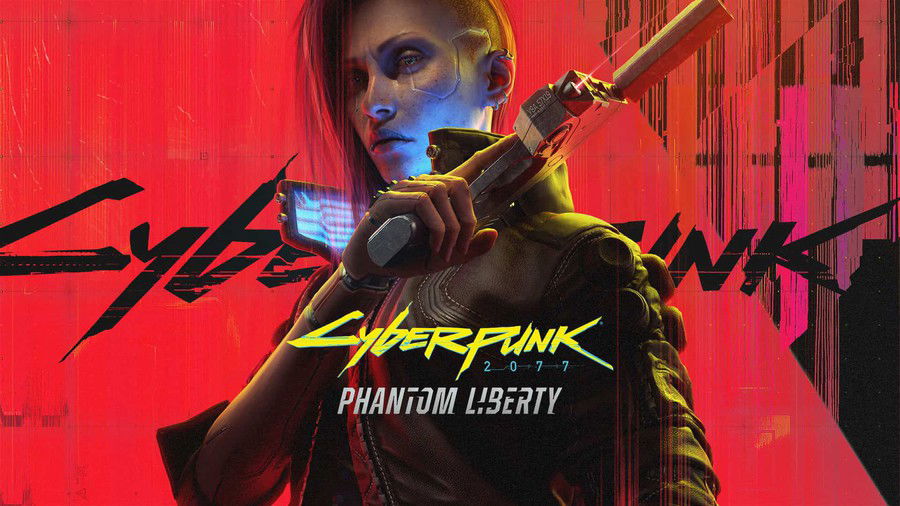
The game combined open-world, RPG, and action, requiring robust technological infrastructure and a large, specialized team, not to mention the participation of star Keanu Reeves. Despite initial problems, the title demonstrated great technical ambition, with attention to visual and audio details that sought to create an immersive experience for players.
The Last of Us Part II – PlayStation 4, 2020
The Last of Us Part II, released in 2020 for PS4, had an estimated budget of around US$220 million, primarily invested in performance capture, detailed animations, creation of realistic environments, and cinematic storytelling. Naughty Dog invested years of development, ensuring highly immersive facial expressions, character movements, and environments.
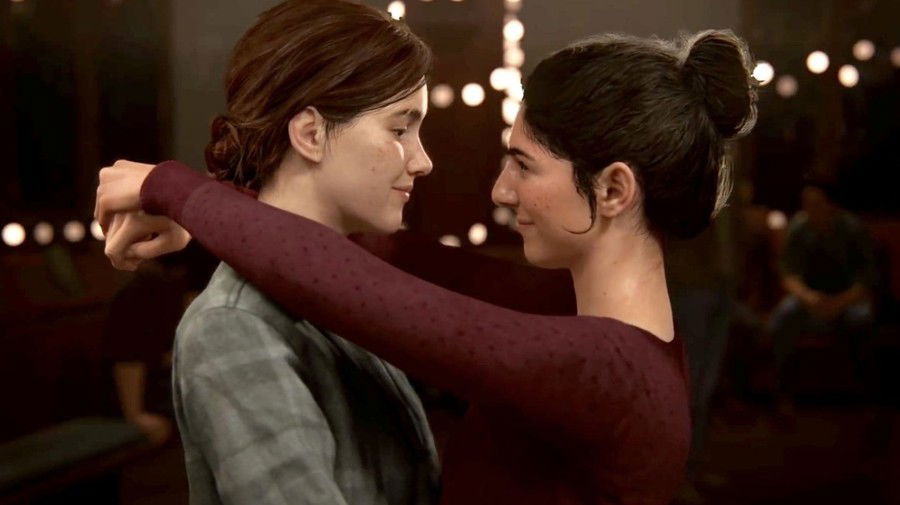
Each scene was carefully planned to reinforce the story and the player's emotional involvement. The result was a critically acclaimed game, recognized for its technical quality, art direction, and narrative experience, demonstrating how significant production investment can elevate a game to cinematic standards.











— Comments 0
, Reactions 1
Be the first to comment